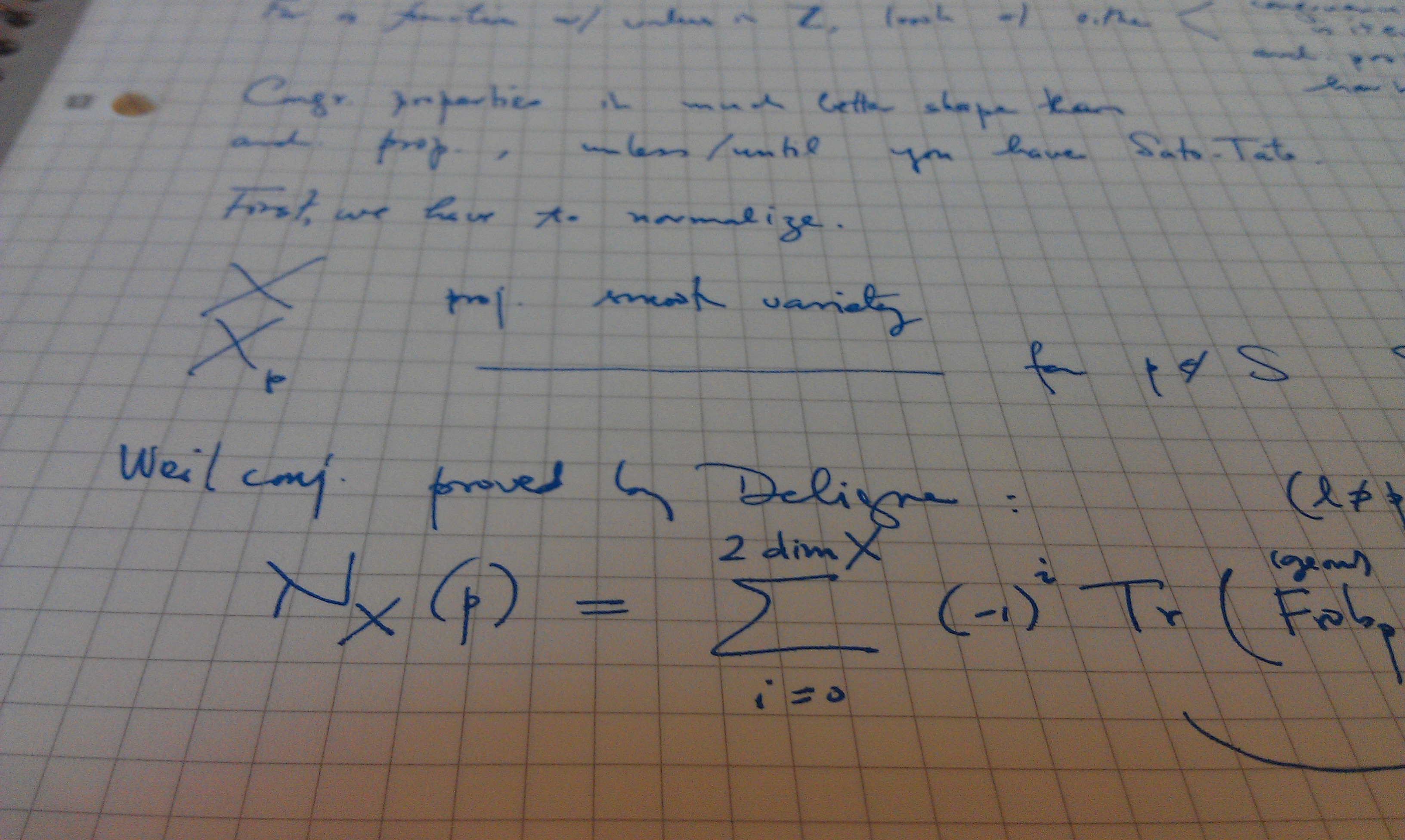Publication Date
2000
Journal or Book Title
JOURNAL OF STATISTICAL PHYSICS
Abstract
We consider a general class of statistical mechanical models of coherent structures in turbulence, which includes models of two-dimensional fluid motion, quasi-geostrophic flows, and dispersive waves. First, large deviation principles are proved for the canonical ensemble and the microcanonical ensemble. For each ensemble the set of equilibrium macrostates is defined as the set on which the corresponding rate function attains its minimum of 0. We then present complete equivalence and nonequivalence results at the level of equilibrium macrostates for the two ensembles. Microcanonical equilibrium macrostates are characterized as the solutions of a certain constrained minimization problem, while canonical equilibrium macrostates are characterized as the solutions of an unconstrained minimization problem in which the constraint in the first problem is replaced by a Lagrange multiplier. The analysis of equivalence and nonequivalence of ensembles reduces to the following question in global optimization. What are the relationships between the set of solutions of the constrained minimization problem that characterizes microcanonical equilibrium macrostates and the set of solutions of the unconstrained minimization problem that characterizes canonical equilibrium macrostates? In general terms, our main result is that a necessary and sufficient condition for equivalence of ensembles to hold at the level of equilibrium macrostates is that it holds at the level of thermodynamic functions, which is the case if and only if the microcanonical entropy is concave. The necessity of this condition is new and has the following striking formulation. If the microcanonical entropy is not concave at some value of its argument, then the ensembles are nonequivalent in the sense that the corresponding set of microcanonical equilibrium macrostates is disjoint from any set of canonical equilibrium macrostates. We point out a number of models of physical interest in which nonconcave microcanonical entropies arise. We also introduce a new class of ensembles called mixed ensembles, obtained by treating a subset of the dynamical invariants canonically and the complementary set microcanonically. Such ensembles arise naturally in applications where there are several independent dynamical invariants, including models of dispersive waves for the nonlinear Schrödinger equation. Complete equivalence and nonequivalence results are presented at the level of equilibrium macrostates for the pure canonical, the pure microcanonical, and the mixed ensembles.
Pages
999-1064
Volume
101
Issue
5-6
Recommended Citation
Ellis, RS; Haven, K; and Turkington, B, "Large deviation principles and complete equivalence and nonequivalence results for pure and mixed ensembles" (2000). JOURNAL OF STATISTICAL PHYSICS. 955.
Retrieved from https://scholarworks.umass.edu/math_faculty_pubs/955

Comments
This is the pre-published version harvested from ArXiv. The published version is located at http://www.springerlink.com/content/l592m50254913538/